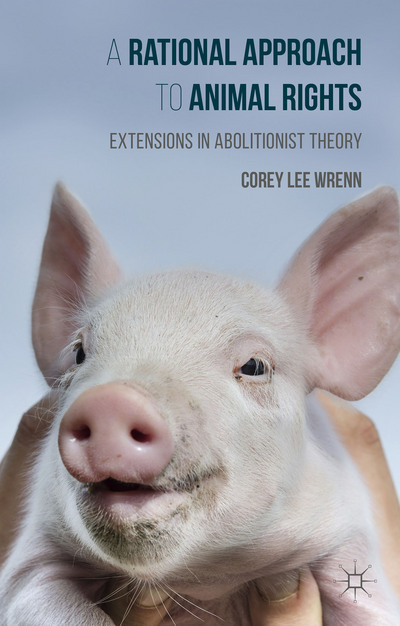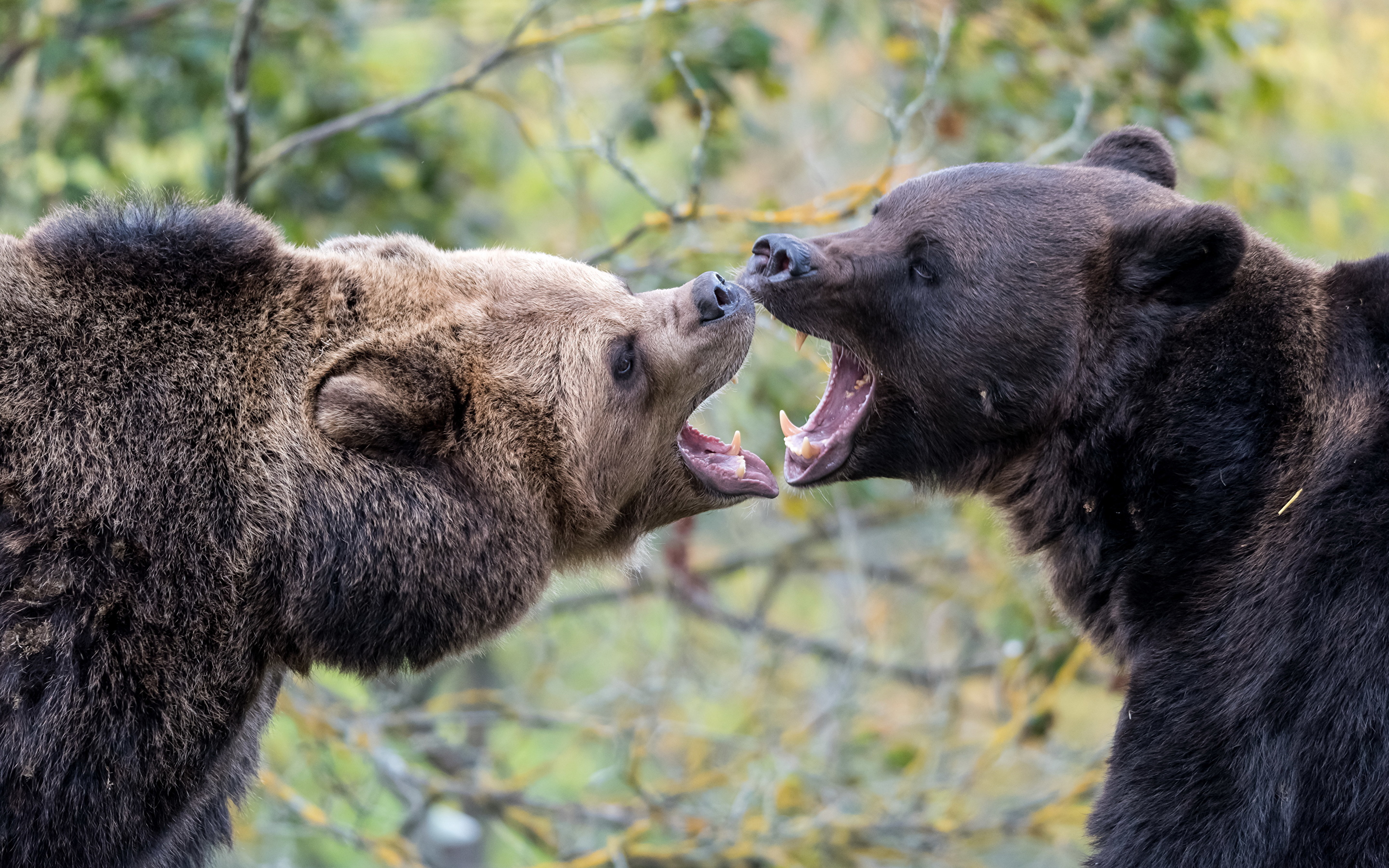The following essay was featured in Critical Mass: Newsletter of the Section on Collective Behavior and Social Movements, American Sociological Association 42 (2): 4-6.
As a long time vegan, I often use the Nonhuman Animal rights movement as a case study in my collective behavior research. My identity as an activist-scholar means that I am often in a position of bearing witness to the frustrations of activists who are often not aware that the barriers they face in mobilization efforts are actually rather ubiquitous to collective behavior. Many activists bemoan the heavy divisions that have emerged within the Nonhuman Animal rights movement specifically as it has developed and transformed over recent decades (Wrenn 2016). In the 1970s and 1980s, the movement has been divided between factions that advocate direct action and structural change (such as the infamous Animal Liberation Front) and those who advocate institutional reform (such as the Humane Society of the United States). More recently, conflicts have emerged over aims to either reform or abolish Nonhuman Animal use. Rather than seeing these divisions as healthy growing pains, they are most often viewed as a serious liability. Indeed, many movement leaders point specifically to factionalism as a primary reason for limited movement success.
Factionalism is not unique to advocacy on behalf of other animals. In fact, factionalism and the manifestation of radical offshoots tend to be characteristic of social movements. As a social movement organization increases in size and becomes more dependent upon member contributions (and thus more reliant on appealing to a larger constituency), organizational goals tend to dilute. This professionalization process encourages the manifestation of more radical splinter groups (Koopmans 1994, Wrenn 2016, Zald and Garner 1987).
Factionalism is also facilitated when resources are more plentiful (Soule and King 2008). This often happens when a movement professionalizes, as professionalization entails a specialization in attracting contributions. This is certainly the case with welfare-oriented moderate organizations in the Nonhuman Animal rights movement (Pendegrast 2011). As groups amass resource wealth, resource-hungry factions sprout up intent on implementing their own approaches.
Zald and Garner (1987) have also suggested that factionalism is more likely to manifest when a movement is especially hostile to authority and when short-term goal attainment is less likely. Achieving Nonhuman Animal liberation is certainly a long-term goal, meaning that schism is likely to form across generations and different demographic groups. This movement could also be categorized as potentially “hostile” to authority as it challenges entrenched power and systems of oppression. Indeed, Nonhuman Animal rights activists have been targeted as a leading domestic terrorist threat in the United States. While this is understandably discouraging to anti-speciesists, other social movements have shared similar experiences. Social movements of all kinds often share predictable patterns of growth and professionalization that facilitate radical factionalism. Unbeknownst to many activists, this is rather typical movement behavior.
The normalcy of factionalism has been established by social movement researchers, but whether or not it is detrimental to goal attainment is still under debate. Many social movement theorists and advocates argue that infighting among factions damages public credibility (Benford 1993), diverts resources (Benford 1993, Miller 1999), leaves the movement vulnerable to countermovement attack (Jasper and Poulsen 1993), or even leads to its demise (Gamson 1990). Others, however, argue that factionalism can work to the benefit of the movement. This can be accomplished when factions draw attention to the cause with radical tactics and claimsmaking (Haines 1984). Movement infighting can work positively to penetrate across multiple class and cultural boundaries (Benford 1993, Gerlach 1999, Reger 2002), minimize overall failures, and increase solidarity for specific groups (Benford 1993). It can also fuel positive competition and motivate participation and inspire tactical innovation (Gerlach 1999). Factions also act as a mechanism for managing conflict, and thus promote continued collective action (Reger 2002). In short, factionalism increases movement adaptability.
Factionalism forces a movement to engage in critical reflection. Radical factions in particular function to create an ideal towards which the movement might aspire. Radical advocates in favor of abolishing (rather than reforming) Nonhuman Animal use serve this purpose by imagining a critical vegan utopia where species inequality and exploitation are rejected (Wrenn 2011). The vegan abolitionist faction offers an alternative vision, motivates participation, and promotes a fundamental paradigm shift that is integral to reaching the goal of Nonhuman Animal liberation. Factionalism does not necessarily push a movement into decline (Rochford 1989), and a movement that survives factionalism can emerge stronger and more focused.
Moderates in the Nonhuman Animal rights movement often promote dominant welfare-oriented organizations as necessary for member recruitment. However, it is more often the case that a moderate stance is maintained to attract and maintain highly impersonalized public membership and external monies from conservative funding sources (McCarthy and Zald 1973, McCarthy and Zald 1977). As an organization becomes mainstream it often becomes decreasingly committed to social change and more focused on organizational survival. These large organizations can become less interested in attracting new activists and more concerned with attracting paying members who will have no obligation to participate beyond financial donations. When organizational framing exchanges emphasis on social change for an emphasis on advertising, the important role played by radical factions becomes much clearer (Schwartz 2002).
Activists in my field regularly plead for the various factions to overcome their differences and to work together. Whether animal lover or animal user, vegan or meat-eater, moderate or radical, we’re all supposed to be on the same page if we care about the well-being of other animals. Generally, it has been my observation that the ones making these pleas for cooperation in the movement are those who identify with the professionalized regulationist organizations that dominate the Nonhuman Animal rights space. From this perspective, factionalism might be denounced as part of a strategy to encourage radicals to forgo their critical, utopian stance and retreat back into the more profitable moderate approach.
Factionalism is known to drain resources, but its presence is integral. The dominant regulationist paradigm in the Nonhuman Animal rights movement has failed to seriously reduce the reification and exploitation of nonhumans, and radical activists make this point central to their claimsmaking. As the movement professionalizes and large regulationist charities increasingly compromise goals and tactics, the role of radical abolitionism becomes critical in offering an alternative vision, motivating activism, and advocating a necessary vegan paradigm shift. It is my hope that the stigma surrounding factionalism might be reduced in the service of more effective social justice advocacy and social movement research. At the very least, increased awareness to factional patterns could alleviate the stress felt by radicals who are disproportionately burdened, ostracized, and sanctioned by a movement’s displeasure with factional tension.
References
Benford, R. 1993. “Frame Disputes within the Nuclear Disarmament Movement.” Social Forces 71 (3): 667-701.
Gamson, W. 1990. The Strategy of Social Protest. Lanham, MD: Rowman & Littlefield Publishers, Inc.
Gerlach, L. 1999. “The Structure of Social Movements: Environmental Activism and Its Opponents.” Pp. 85-98 in Waves of Protest: Social Movements since the Sixties, edited by J. Freeman and V. Johnson. Lanham, MD: Rowman & Littlefield Publishers, Inc.
Haines, H. 1984. “Black Radicalization and the Funding of Civil Rights: 1957-1970.” Social Problems 32 (1): 31-43.
Jasper, J. and J. Poulsen. 1993. “Fighting Back: Vulnerabilities, Blunders, and Countermobilization by the Targets in Three Animal Rights Campaigns.” Sociological Forum 8 (4): 639-657.
Koopmans, R. 1993. “The Dynamics of Protest Waves: West Germany, 1965-1989.” American Sociological Review 58: 637-658.
Pendegrast, N. 2011. “Veganism, Organisational Considerations and Animal Advocacy Campaigns.” Humanities Graduate Research Conference. Perth, Australia.
McCarthy, J. and M. Zald. 1973. The Trend of Social Movements in America: Professionalization and Resource Mobilization. Morristown, NJ: General Learning Press.
McCarthy, J. and M. Zald. 1977. “Resource Mobilization and Social Movements: A Partial Theory.” American Journal of Sociology 82 (6): 1212-1241.
Miller, F. 1999. “The End of the SDS and the Emergence of Weatherman: Demise through Success.” Pp. 303-324, in Waves of Protest: Social Movements since the Sixties, edited by J. Freeman and V. Johnson. Lanham, MD: Rowman & Littlefield Publishers, Inc.
Reger, J. 2002. “More than One Feminism: Organizational Structure and the Construction of Collective Identity.” Pp. 171-184, in Social Movements: Identity, Culture, and the State, edited by D. Meyer, N. Whittier, and B. Robnett. New York, NY: Oxford University Press.
Rochford, E., Jr. 1989. “Factionalism, Group Defection, and Schism in the Hare Krishna Movement.” Journal for the Scientific Study of Religion 28 (2): 162-179.
Schwartz, M. 2002. “Factions and the Continuity of Political Challengers.” Pp. 157-170, in Social Movements: Identity, Culture, and the State, edited by D. Meyer, N. Whittier, and B. Robnett. New York, NY: Oxford University Press.
Soule, S. and B. King. 2008. “Competition and Resource Partitioning in Three Social Movement Industries.” American Journal of Sociology 113 (6): 1568-1610.
Wrenn, C. L. 2016. Professionalization, Factionalism, and Social Movement Success: A Case Study on Nonhuman Animal Rights Mobilization (Doctoral dissertation). Colorado State University, Fort Collins, CO.
Wrenn, C. L. 2011. “Resisting the Globalization of Speciesism: Vegan Abolitionism as a Site for Consumer-Based Social Change.” Journal for Critical Animal Studies 9(3): 9-27.
Zald, M. and R. Garner. 1987. “Social Movement Organizations: Growth, Decay, and Change.” Pp. 121-141, in Social Movements in an Organizational Society: Collected Essays, edited by M. Zald and J. McCarthy. New Brunswick, NJ: Transaction Inc.

Readers can learn more about factional politics in the Nonhuman Animal rights movement in my 2016 publication, A Rational Approach to Animal Rights. Receive research updates straight to your inbox by subscribing to my newsletter.
